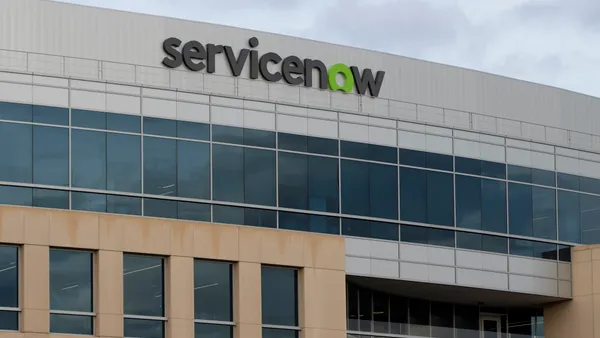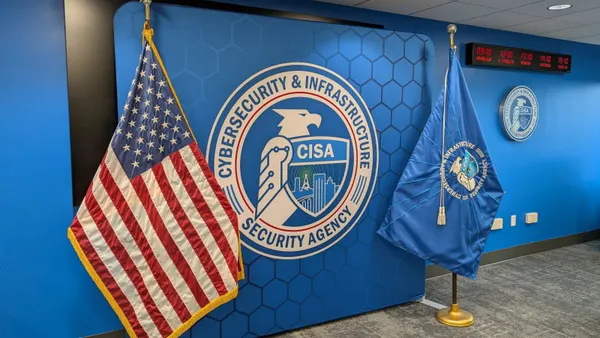The cyber insurance market could reduce exposure to catastrophic risk by diversifying portfolios by geography and industry and employing mitigation strategies to reduce the impact of major attacks, according to a report released Thursday from CyberCube.
The existing market is heavily weighted toward the U.S. and could see a 40% reduction in risk, CyberCube predicts, if portfolios are diversified portfolios by a combination of geography, industry segment, revenue and technology.
“Due to the concentration of risk, attacks that affect the U.S. could be extremely high in severity,” Jon Laux, VP of analytics told Cybersecurity Dive.
The U.S. currently accounts for about two-thirds of the current cyber insurance market, and the risk of single points of failure are concentrated in the American market, particularly among operating service companies and major cloud service providers, according to the report.
The report references concerns about single points of failure from natural disasters. While the risk of hurricanes in Florida represents the single largest risk of a natural disaster, Florida homeowners account for only 11% of homeowner premiums in the U.S., according to the report.
By contrast, the concentration risk in the technology space is much different. Microsoft Windows accounts for 72% of the desktop operating system market, and Amazon Web Services accounts for more than 30% of the cloud service market, according to the report. Therefore it would be difficult to diversify the portfolio much beyond these potential exposures, according to CyberCube.
The report showed that adoption of better risk mitigation strategies, such as comprehensive patch management, segmentation of computer networks and robust data backups, could reduce losses by almost 60%.
The report comes at a time of increased concerns in the cyber insurance market. Swiss Re recently warned of potential rate deterioration, and the market has become increasingly concerned about single point of failure events.
There have been discussions in recent years about government backstops that could support the industry in the face of a catastrophic event.













